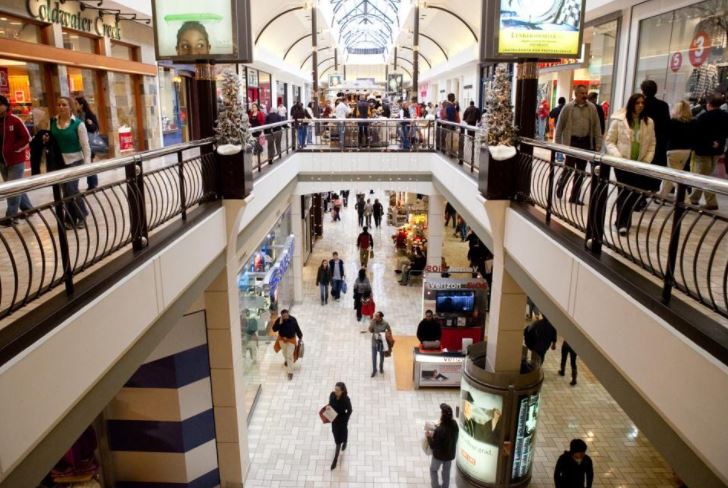No More Supply Glut as Demolition of Obsolete Retail Space Outpaces New Store Construction
According to a recent article on CoStar, analytics show that the retail property sector has bounced back to even better shape now than before the COVID-19 pandemic. Retail availability rates have declined to their lowest levels since before the Great Recession, while average asking rents for retail spaces throughout the country have increased at their fastest clip in well over a decade.
There were multiple factors involved in the way the retail property sector made such a fast turnaround. Demand-side drivers included the trillions of dollars that the US government provided to consumers to help cushion the financial blows experienced during the pandemic, as well as the consumer demand for goods when so many stores and restaurants had to close temporarily. Consumers, with cash in hand and little to do, spent large sums on hobbies, home goods, and pets.
CoStar’s article points out that while initial consumer spending was on e-commerce and essentials, consumers have been increasingly spending in physical stores, showing the value of brick-and-mortar retail. In fact, retailers and brands from almost all sectors have been announcing store expansions, while the lowest level of retailer bankruptcies and store closures since 2015 has been experienced this year.
While demand-side factors have played a significant part in contributing to the improved retail property sector, supply-side factors have been just as instrumental. Developers only added 34.6 million square feet of retail space during the first half of 2022, consistent with the record-low pace of added stores in 2021. Very little space is being built “on spec”, without a tenant already committed to it; in fact, only 10.2 million square feet of speculative retail space was constructed in the past year, well under the prior 15-year average of 15.6 million square feet.
At the same time, demolition activity of old retail space has increased to record levels, so that between 2021 and the first half of 2022, more than 52 million square feet of obsolete retail space was demolished. The removal and repurposing of obsolete space has been supported by rising demand for different types of retail, such as medical office, industrial, warehouse, multifamily, and drive-through parcels.
All these factors have been contributing to the tighter fundamentals in the retail sector, given growing demand for space, heightened demolition and lower new development. As worries grow about an economic slowdown, supply and demand basics in the retail property sector are currently on more solid ground than any time in recent history.
By Brandon Svec, CoStar Analytics
